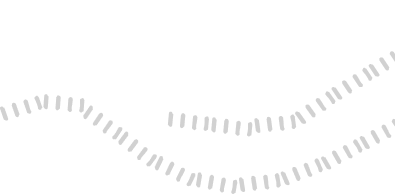Scale is a journey of mindset shifts: Khushboo Awasthi reflects
Khushboo Awasthi, COO, ShikshaLokam, reflects on her mindset shifts on the journey towards creating impact at scale.



Our collection of stories and ideas on how change
leaders are reimagining and co-creating change
that inspires more change
To counter rapidly growing and mutating problems, the speed of execution, building solutions, getting solutions to citizens & responding to challenges as they emerge all influence the speed of solving the problem. And to do so, we need to move from a linear change mindset to an exponential change pathway.
Read More
Khushboo Awasthi, COO, ShikshaLokam, reflects on her mindset shifts on the journey towards creating impact at scale.

“We but mirror the world. All the tendencies present in the outer world are to be found in the world of our body. If we could…

In today’s rapidly changing world, solving complex societal challenges requires not just incremental improvements but exponential change – solutions that don’t just add value linearly but…

“The problem is massive, but massive projects will fail.” – Don Norman, Design for a Better World Something unbelievable happened recently. I met Don Norman. If…

Read how DPIs can accelerate progress toward societal good and how safe and inclusive systems can be reimagined and designed.

On 7 December 1984, you could hear a young boy running around a government hospital yelling “Meri choti baingan ho gayi” (My little sister has been…

Agriculture accounts for 35% of Africa’s GDP and employs more Africans than any other sector. 80% of the continent’s food supply still comes from small-scale farmers,…

Read how the idea that “everyone changes at their own pace” is a recurring theme that speaks to the heart of societal transformation.

Here are 3 ingredients to solve the one problem to shift the paradigm from where it will be inefficient to go back so that change sustains.

Read how the unified not uniform principle embraces diversity & leverages the unique strengths of participants to drive scalable solutions.

